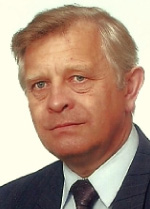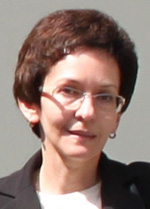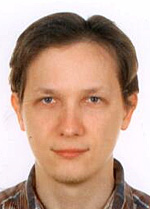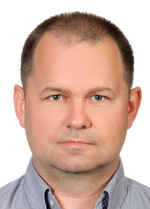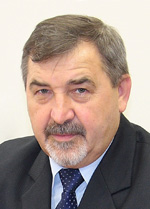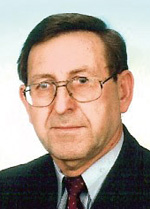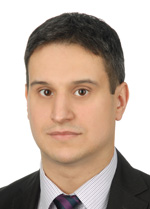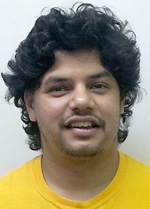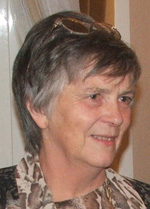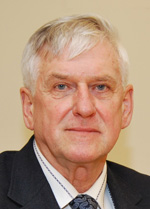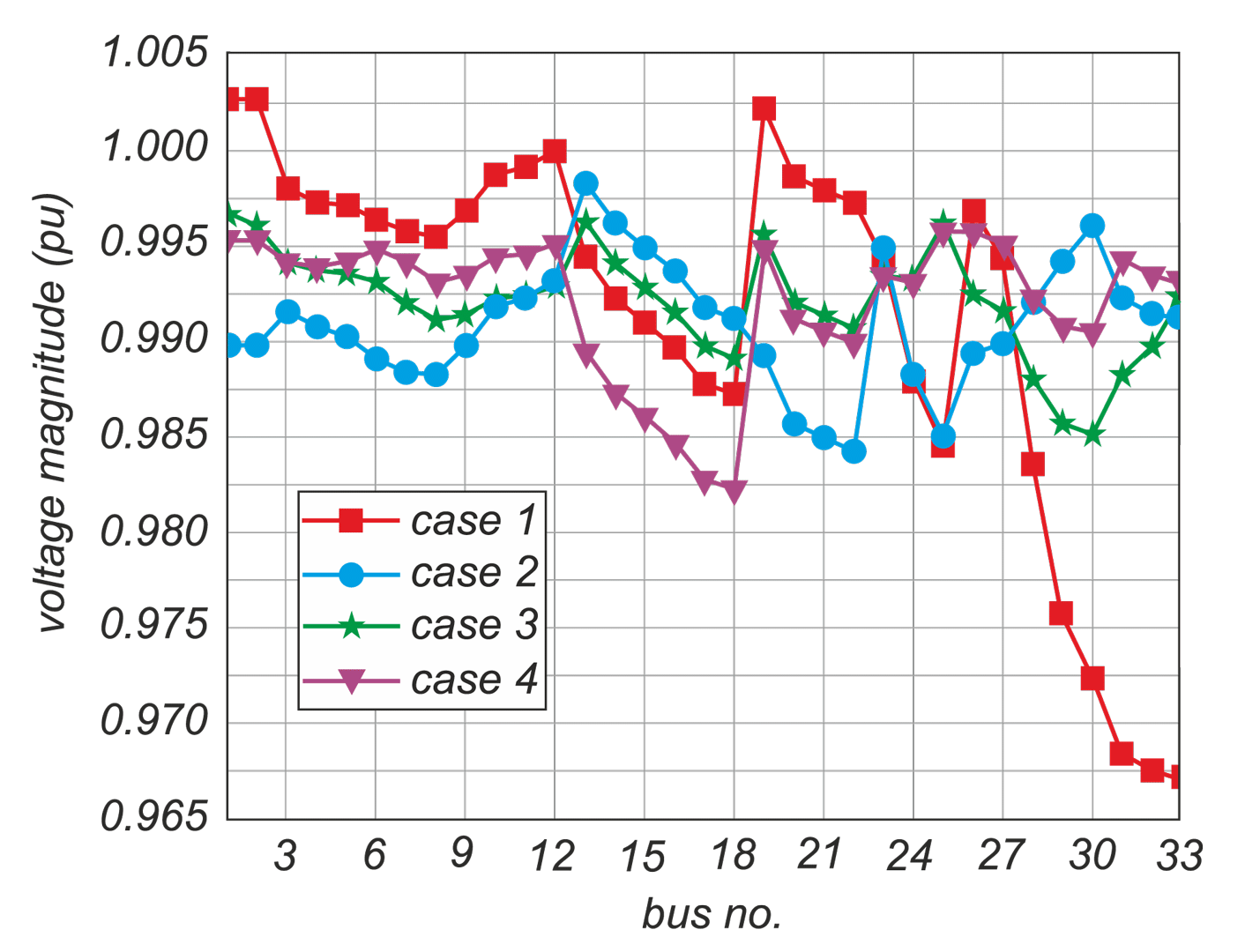E-journal for electrical and electronic engineers
AUTOMATYKA, ELEKTRYKA, ZAKLOCENIA
(AUTOMATICS, ELECTROTECHNICS, DISTURBANCES)
Vol. 14, nr 2 (52) 2023
Lokalizacja źródeł rozproszonych z regulowanym statyzmem w izolowanej mikrosieci - minimalizująca straty mocy
Tham X. NGUYEN, Robert LIS
Abstract
This study investigates the installation of multiple droop-controlled distributed generator (DG) sites in an Autonomous Microgrid (AMG) to mitigate power losses. The methodology employs a differential evolution algorithm integrated with a modified backward-forward sweep load flow method to optimise the DG sizing and positioning. Tested on an IEEE 33-bus AMG, the results show a significant reduction in power losses with multiple DG placements, highlighting the potential to improve microgrid performance.
Keywords
power losses mitigation, droop-controlled DG, isolated microgrid, differential evolution algorithm
Fig.
Bilbiography
[1] R. Lis and M. Sobierajski, “Integration of distributed resources in power systems,” Renewable Energy Systems, University of Technology,Wrocław, 2011.
[2] D. G. Photovoltaics and E. Storage, “IEEE standard for interconnection and interoperability of distributed energy resources with associated electric power systems interfaces,” IEEE Std, pp. 1547–2018, 2018.
[3] A. Y. Abdelaziz, F. M. Mohammed, S. F. Mekhamer, and M. A. L. Badr, “Distribution systems reconfiguration using a modified particle swarm optimization algorithm,” Electric Power Systems Research, vol. 79, no. 11, pp. 1521–1530, 2009.
[4] D. Q. Hung and N. Mithulananthan, “Multiple distributed generator placement in primary distribution networks for loss reduction,”IEEE Transactions on industrial electronics, vol. 60, no. 4, pp. 1700–1708, 2011.
[5] D. B. Prakash and C. Lakshminarayana, “Multiple DG placements in distribution system for power loss reduction using PSO algorithm,”Procedia technology, vol. 25, pp. 785–792, 2016.
[6] S. Das, D. Das, and A. Patra, “Operation of distribution network with optimal placement and sizing of dispatchable DGs and shunt capacitors,”Renewable and Sustainable Energy Reviews, vol. 113, p. 109219, 2019.
[7] Z. M. Anjum, D. M. Said, M. Y. Hassan, Z. H. Leghari, and G. Sahar, “Parallel operated hybrid Arithmetic-Salp swarm optimizer for optimal allocation of multiple distributed generation units in distribution networks,” Plos one, vol. 17, no. 4, p. e0264958, 2022.
[8] H. U. R. Habib et al., “Optimal Placement and Sizing Problem for Power Loss Minimization and Voltage Profile Improvement of Distribution Networks under Seasonal Loads Using Harris Hawks Optimizer,” International Transactions on Electrical Energy Systems, vol. 2022, 2022.
[9] D. Rath, S. Halder nee Dey, and S. K. Goswami, “Optimal Inverter-Based DG Placement considering Energy Loss, Reliability, Voltage Sag, DG, and Substation Power Cost Issues,” Electric Power Components and Systems, vol. 51, no. 5, pp. 409–420, 2023.
[10] A. Maulik and D. Das, “Optimal operation of droop-controlled islanded microgrids,” IEEE Transactions on Sustainable Energy, vol. 9, no. 3, pp. 1337–1348, 2017.
[11] B. Mukhopadhyay and D. Das, “Optimal multi-objective expansion planning of a droop-regulated islanded microgrid,” Energy, vol. 218, p. 119415, 2021.
[12] J. Jithendranath and D. Das, “Multi-objective optimal power flow in islanded microgrids with solar PV generation by NLTV-MOPSO,” IETE Journal of Research, vol. 69, no. 4, pp. 2130–2143, 2023.
[13] N. B. Roy and D. Das, “Optimal allocation of active and reactive power of dispatchable distributed generators in a droop controlled islanded microgrid considering renewable generation and load demand uncertainties,” Sustainable Energy, Grids and Networks, vol. 27, p. 100482, 2021.
[14] M. V. Kirthiga, S. A. Daniel, and S. Gurunathan, “A methodology for transforming an existing distribution network into a sustainable autonomous micro-grid,” IEEE Transactions on Sustainable Energy, vol. 4, no. 1, pp. 31–41, 2012.
[15] V. B. Foroutan, M. H. Moradi, and M. Abedini, “Optimal operation of autonomous microgrid including wind turbines,” Renewable Energy, vol. 99, pp. 315–324, 2016.
[16] H. Moazami Goodarzi and M. H. Kazemi, “An optimal autonomous microgrid cluster based on distributed generation droop parameter optimization and renewable energy sources using an improved grey wolf optimizer,” Engineering Optimization, vol. 50, no. 5, pp. 819–839, 2018.
[17] M. Khalid, U. Akram, and S. Shafiq, “Optimal planning of multiple distributed generating units and storage in active distribution networks,”IEEE Access, vol. 6, pp. 55234–55244, 2018.
[18] R. Hari Kumar, N. Mayadevi, V. P. Mini, and S. Ushakumari, “Transforming distribution system into a sustainable isolatedmicrogrid considering contingency,” Bulletin of the Polish Academy of Sciences. Technical Sciences, vol. 67, no. 5, 2019.
[19] Y. Gupta, S. Doolla, K. Chatterjee, and B. C. Pal, “Optimal DG allocation and Volt–Var dispatch for a droop-based microgrid,” IEEE Transactionsbon Smart Grid, vol. 12, no. 1, pp. 169–181, 2020.
[20] A. H. Yazdavar, M. F. Shaaban, E. F. El-Saadany, M. M. Salama, and H. H. Zeineldin, “Optimal planning of distributed generators and shunt capacitors in isolated microgrids with nonlinear loads,” IEEE Transactions on Sustainable Energy, vol. 11, no. 4, pp. 2732–2744, 2020.
[21] M. F. Shaaban, A. Saber, M. E. Ammar, and H. H. Zeineldin, “A multi-objective planning approach for optimal DG allocation for droop based microgrids,” Electric Power Systems Research, vol. 200, p. 107474, 2021.
[22] T. X. Nguyen and R. Lis, “Optimal Size and Location of Dispatchable Distributed Generators in an autonomous Microgrid using HoneyBadger algorithm, ” Archives of Electrical Engineering, 2023.
[23] F. Hameed, M. Al Hosani, and H. H. Zeineldin, “A modified backward/forward sweep load flow method for islanded radial microgrids,”IEEE Transactions on Smart Grid, vol. 10, no. 1, pp. 910–918, 2017.
[24] J. C. Vasquez, J. M. Guerrero, M. Savaghebi, J. Eloy-Garcia, and R. Teodorescu, “Modeling, analysis, and design of stationary-referenceframe droop-controlled parallel three-phase voltage source inverters,” IEEE Transactions on industrial electronics, vol. 60, no. 4, pp. 1271–1280, 2012.
[25] K. V. Price, “Differential evolution: a fast and simple numerical optimizer,” in Proceedings of North American fuzzy information processing, IEEE, 1996, pp. 524–527.
[26] E. S. Song and H. Li, “A hybrid differential evolution for multi-objective optimisation problems,” Connection Science, pp. 1–30, 2021.
[27] P. Kundur, Power System Stability and Control, 1st edition. New York: McGraw-Hill Education, 1994.
[28] J. P. Lopes, C. L. Moreira, and A. G. Madureira, “Defining control strategies for microgrids islanded operation,” IEEE Transactions on power systems, vol. 21, no. 2, pp. 916–924, 2006.
[29] M. E. Baran and F. F. Wu, “Network reconfiguration in distribution systems for loss reduction and load balancing,” IEEE Transactions on Power delivery, vol. 4, no. 2, pp. 1401–1407, 1989.
[30] R. Eberhart and J. Kennedy, “A new optimizer using particle swarm theory,” in MHS’95. Proceedings of the sixth international symposium on micro machine and human science, Ieee, 1995, pp. 39–43.
[31] K. Sivakumar, R. Jayashree, and K. Danasagaran, “Efficiency-driven planning for sizing of distributed generators and optimal construction of a cluster of microgrids,” Engineering Science and Technology, an International Journal, 2021.
[32] J.-H. Teng, “A direct approach for distribution system load flow solutions,” IEEE Transactions on power delivery, vol. 18, no. 3, pp. 882–887, 2003.


